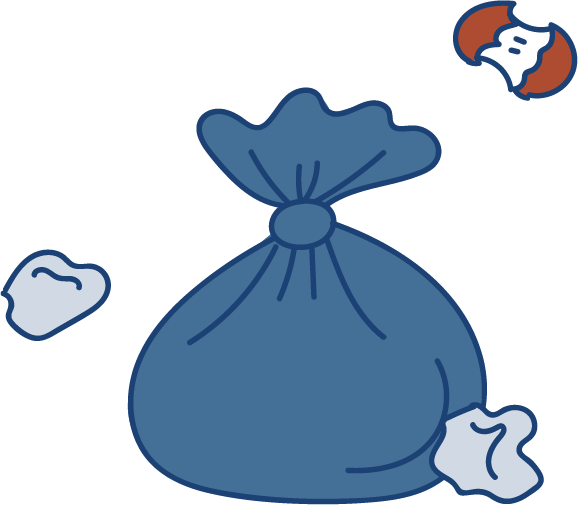How to eliminate the seven wastes
Eliminating waste is the single most effective way to increase your team's productivity. Waste is anything you do that doesn't add value to your customers. It consumes an enormous amount of organisational time, energy, and ultimately, cost. You can't get a waste-free organisation or process, but you can continuously reduce and remove the amount of waste in your processes, creating more time to do the things that matter.
The first step in your waste elimination journey is being able to spot waste. You then need to know how to stamp it out. The seven wastes is a tool that helps you to identify waste, we have linked resources for this below, and we have then outlined some common tactics for eliminating the waste once you have found it.
Tactics for eliminating waste
Overproduction: Producing too much or too fast. Move to a customer pull process (minimise inventory or doing things 'just in case').
Waiting: Idle time. Balance the process so different stages take the same amount of time, or adapt resources/work to achieve this.
Excess processing: Excess steps completed that do not add value. Introduce single self-checks, implement error & mistake proofing, and culturally shift to no error forward.
Transportation: Moving things around for processing. Move things to electronic, and where this is not possible optimise routes.
Motion: Time spent physically moving to perform your role. Use 5S to identify optimum layouts of facilities (electronic and physical) to reduce motion.
Inventory: Work in progress that is not being actively worked on. Remove batching and move to single piece flow (as far as you possibly can), move to a pull process, use a Kanban to manage replenishment.
Defects: Any time spent producing rejected work and subsequent corrections. Identify root cause, implement error and mistake proofing, and implement self-check and no error forward.
Need any help? Ask Ad Esse. Email hello@ad-esse.com.

